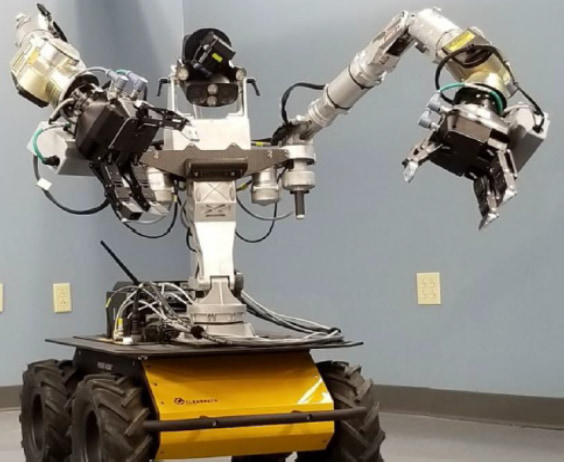 Background
Background
Packaging is concerned with protecting products for distribution, storage, sale and use. Currently, parts are identified, inspected, and then placed in a crate manually by a trained technician through a time-intensive process. The goal of this project was to develop a hybrid cell using collaborative robots to reduce manual labor in inspection and packaging of aircraft engine parts, in turn improving operator accuracy and reducing operator risk.
Objective
This project aims to improve packing productivity by 50%, classification accuracy by 20%, and reduce cost by 20-50%.
Technical Approach
This project resulted in the development of a hybrid robotic cell to reduce manual labor in inspection and packaging of aircraft engine parts by addressing parts identification, the manipulation of complex geometry parts, and parts placement. Resulting CDIP focused on:
- Perception
- Optimal grasp
- Bimanual manipulation
The expected system will be adaptable to a wide range of robotic manipulators and developed on open architecture software, enabling a commercial system that can be achieved an order of magnitude lower cost versus proprietary systems.
Applications
As consumer demands continue to evolve, requiring quicker turnarounds and more intricate packaging designs, robotics for packaging has become an indispensable asset for any company producing and shipping a large amount of physical goods. Advanced sensors and AI-driven decision-making capabilities allow these robots to adapt to varying packaging materials and configurations, ensuring products are packaged securely and aesthetically. As the nexus between technology and commerce tightens, the role of robotics in the packaging industry is essential. They are not only reshaping traditional packaging methods but are also setting new benchmarks for quality, efficiency, and reliability, promising a future where packaging excellence is the norm.
Participants
Raytheon Technologies Research Center (Principal Investigator), RE2, University of California, Los Angeles
